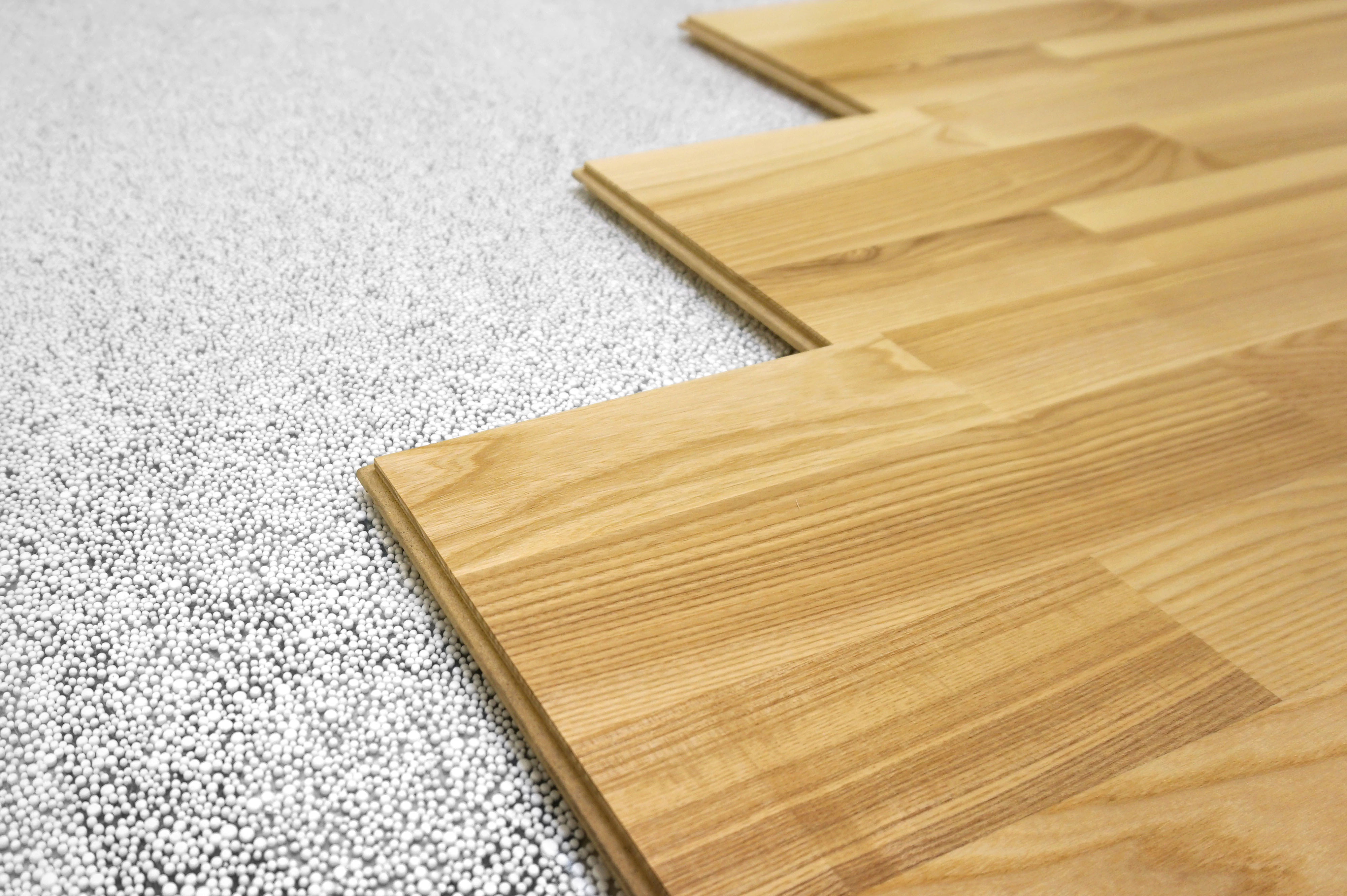

Read more about LVT for high-traffic areas. Choosing the right flooring material for your next home remodel or DIY project can make a big difference not only in the look of your space, but also in how. When it comes to cost, vinyl flooring is generally cheaper than laminate, particularly when considering sheet vinyl. Vinyl is ideal for heavy trafficked areas due to its ability to expand and contract. It is important that the subfloor underneath is smooth and even. Vinyl can look like wood with its embossing techniques, but it looks the best and most realistic on thicker core vinyl flooring. It comes with more realistic embossing that is closer to the appearance of hand-scraped hardwood. The less-expensive versions have thin, 1/4-inch-thick backing. Depending on the quality, laminate flooring ranges from 1 to 7 per square foot.
#Vinyl vs laminate flooring professional#
Professional installation adds 1 to 2 per square foot, depending on the complexity of the project. Laminate is a hard product, but tends to also be hollow. Laminate Flooring When it comes to appearance and style, laminate flooring tends to be just a bit higher quality. Vinyl tiles and sheet goods cost 1 to 5 per square foot. A sealant is not required for vinyl, but is recommended for high-moisture areas for an added layer of protection. Parterre vinyl in particular is a hard, closed-cell vinyl allowing for the product to be more water resistant and ideal for higher-moisture areas. Vinyl, however, is a much different story.
#Vinyl vs laminate flooring install#
Laminate is best to install in climate-controlled areas. Vinyl is much more water-resistant, which makes it a better choice if you want new flooring in moisture-prone areas of the home.

Laminate is not waterproof so it is not recommended to install this product in high-moisture or humid areas or places that often have spills like in supermarkets or in restaurants. Laminate is typically made from HDF or high-density fiberboard, which is made up of recycled hardwood. Stable flooring material holds its shape and size against moisture and/or climate changes.īoth vinyl and laminate are constructed in similar ways, generally with a wear layer, photographic image and a backing system.


 0 kommentar(er)
0 kommentar(er)
